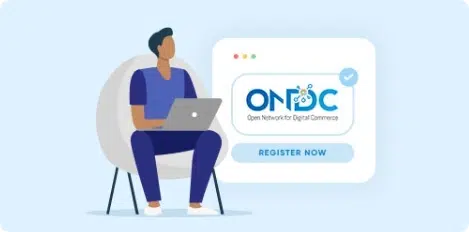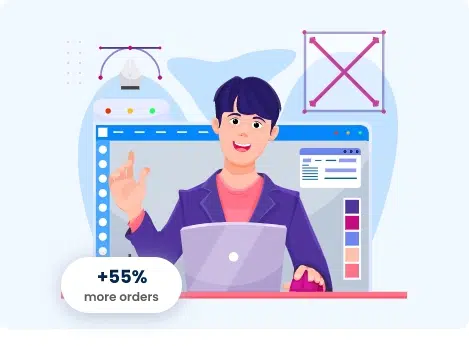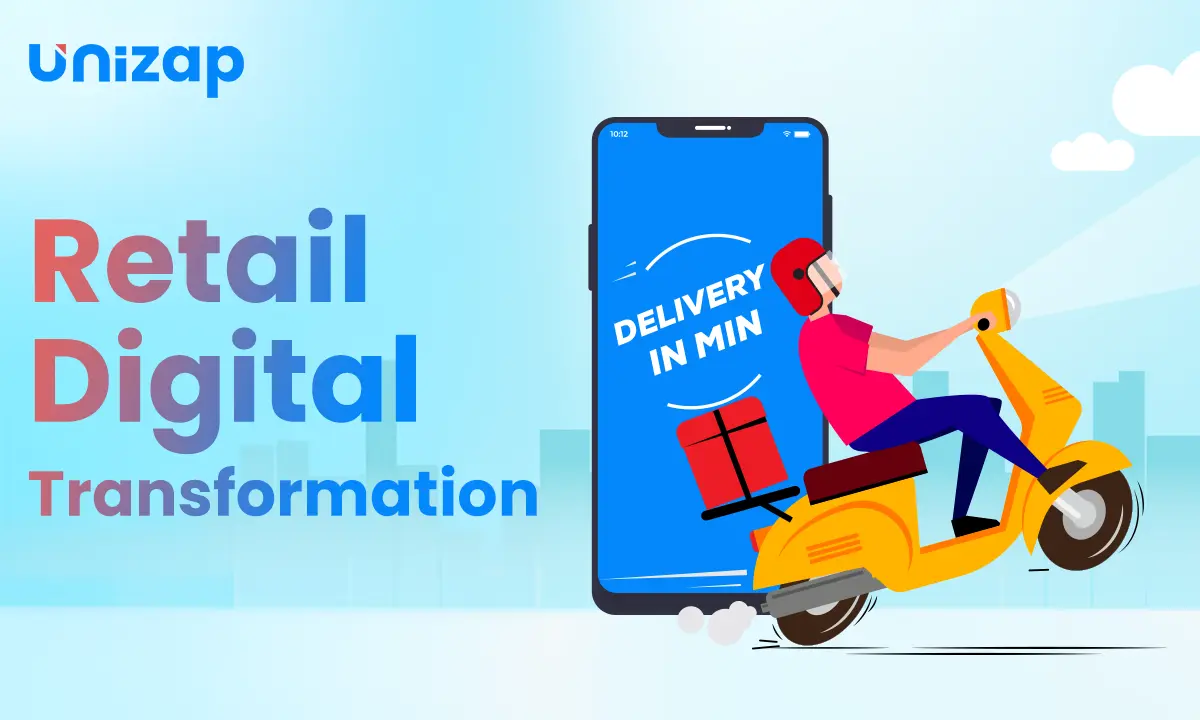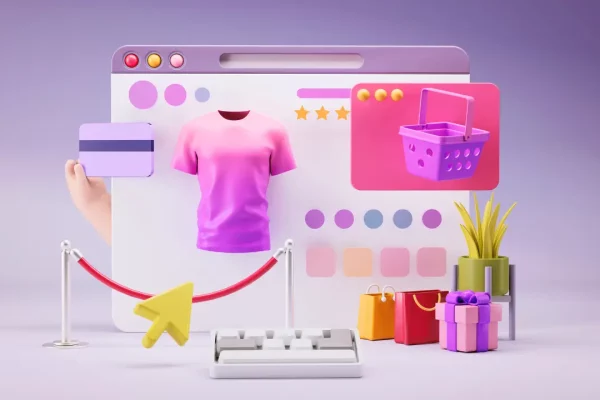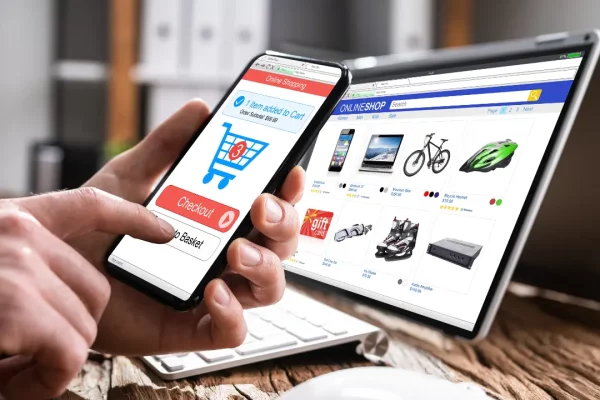Getting your business online is very important to survive in the market in the long run. Here are the Top 5 Ways to Start An Online Store. The eCommerce industry is growing at a higher rate than ever. Consumers are keener on buying online because of the convenience it brings. Amidst the covid situation, online shopping has been a major hit. And with almost everybody having a smartphone today, shopping online has never been easier and comfortable. The studies report that in 2019, eCommerce sales hit the $25 trillion mark. With the increasing popularity of eCommerce, physical stores must turn online to generate better profits in the future. Many newbies want to build their online stores but have no idea where to start. We give you a list of 5 such ways and ideas on how to start an online store.
[elementor-template id=”40860″]
Top 5 ways on how to start an online store
- Once you decide on creating an online store, you’ll need to choose how to make your shop: Use an eCommerce platform; make and host your webpage with open-source eCommerce software; or sell basically on third-party marketplaces. Facilitated internet business stages: You can utilize the adjustable site formats and online business tools — like shopping carts — on locales like Squarespace or Big Commerce to build up an online presence. Open-source, eCommerce software: If you’re well informed, you can assemble your website. This allows you to modify past the intuitiveness of most hosted sites, yet you’ll be accountable for security updates and site support and performance. Third-party platforms: Like Amazon or Etsy, these services let you sell through them. You may get more eyes on your item; however, you also offer the chance to build up your online presence.
- Now when you sell online, you’ll require items to sell—yet you shouldn’t begin by putting the whole catalogue at once. Zero in on setting up eight of your top-rated items for launch, and work on adding all the more once you’re ready for action. Every item will require a title, a meta description, an item depiction and a photograph. This is what you want to remember:
- Title: while your item titles should incorporate a keyword where necessary, don’t fall into the word salad trap. Keep it short and crisp.
- Meta description: The text search engines show when your page comes up in search results. It ought to be a 155-character sentence (or two) that incorporates the keyword(s) you utilized in the title.
- Item depiction: you can get more tedious here; however, keep it skimmable. Describe the item, and incorporate any significant estimations or material or model details.
- A picture of the product you are selling is also required. The pictures should be of high quality and show the product in detail from all angles.
- One more significant detail to understand is your target audience. By understanding who will purchase your items, you can tweak your marketing efforts, messages, and marketing. Track down your main interest group by taking a gander at the clients of similar organizations. Focus on what they like and market to them from that point. Sort out where they hang out online, disconnect, and begin regularly visiting those spaces to improve. Then, at that point, foster a plan for connecting with them.
- You can’t simply launch a site and anticipate that people should track you down. It should be optimized to draw in rush hour gridlock through search engines. Involving keywords in your product description is one strategy. However, it ought to be only the beginning. The technique is to begin a blog focusing on SEO keywords that offer valuable data and rank high in search engine results. This would attract traffic to your website and drive purchases of your item. It has been seen that keywords and planned blog entries weekly have provided traffic to the online stores from blog entries, which boosted the product sales.
- The next step is how will you send the products to clients? Could it be said that you will offer local delivery or curbside pickup? What will you charge? Before you can get your online store fully operational, you’ll have to respond to these inquiries. While you can probably deal with curbside pickup, purchase the online and do local deliveries all alone, you may need a specialist next to you for mailing out orders. Using a shipping platform will assist you with organizing transportation and save money on charges. Remember to customize the shipping notice messages your eCommerce platform sends.
[elementor-template id=”40866″]
Conclusion
You need not be a pro at setting up your online store. Even if you are new to eCommerce, you can set it up quite easily. Separate the arrangement into steps and add items as you go, and you’ll be okay—yet you’ll have a significantly simpler time with a business platform given your requirements. By taking on the right way before your site goes live, you can make your online store a success.

